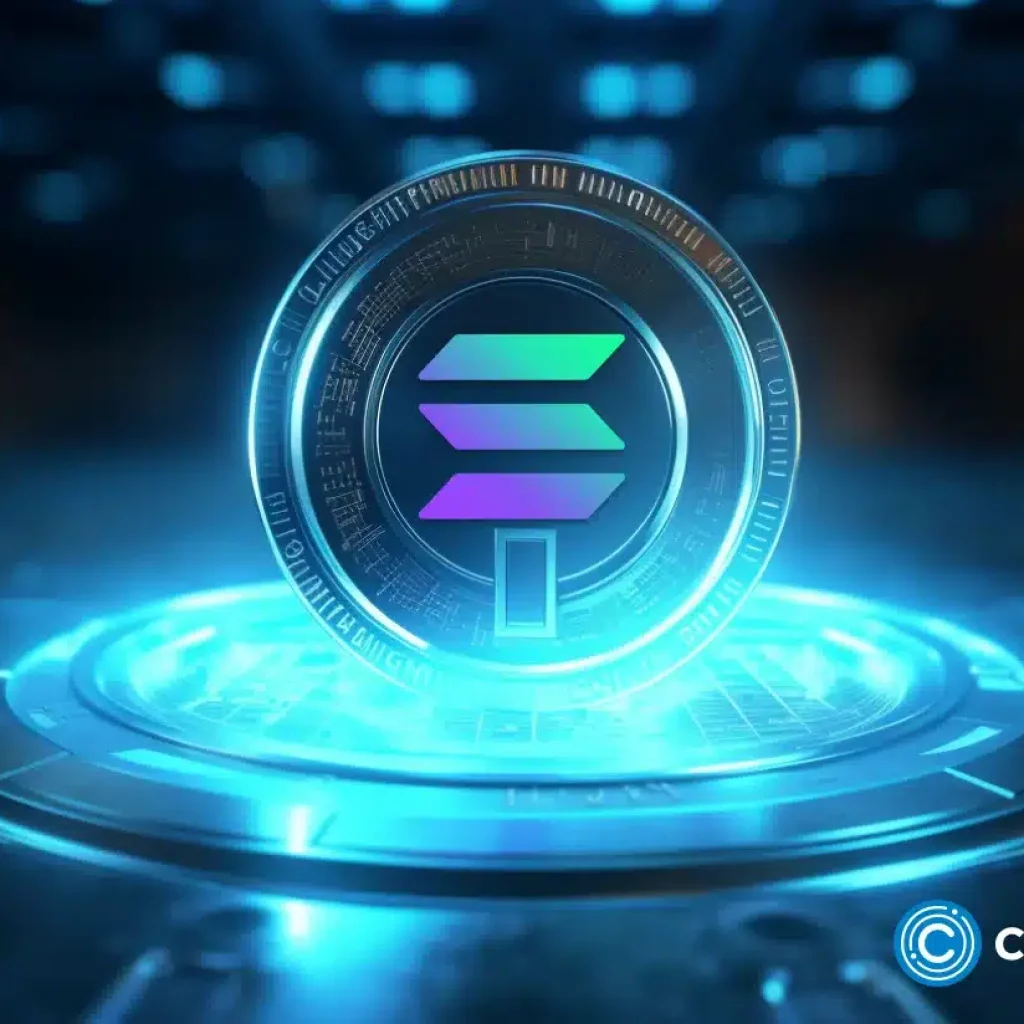Elon Musk, the billionaire entrepreneur behind Tesla, SpaceX, Neuralink, and other ventures, is widely celebrated for his innovation and risk-taking. But while his personal genius and vision are undeniable, a closer look at Musk’s rise to becoming the richest man in the world reveals a significant factor: taxpayer support. Government subsidies, grants, and contracts have played a crucial role in building Musk’s empire, raising questions about the interplay between public funding and private wealth creation.
The Tesla Story: Driving on Taxpayer Dollars
Tesla, Musk’s electric vehicle company, has been a centerpiece of the green energy revolution. However, its success would not have been possible without substantial government assistance:
- EV Tax Credits: U.S. taxpayers have directly subsidized Tesla’s growth through federal and state electric vehicle (EV) tax credits. For years, buyers of Tesla vehicles received up to $7,500 in federal tax credits, incentivizing the purchase of Tesla cars and fueling the company’s growth. Additionally, many states offered their own incentives, such as rebates and tax exemptions, further reducing the cost of Tesla vehicles for consumers. These credits helped Tesla establish itself as a leader in the electric vehicle market during its early, critical years.
- Loan Guarantees: In 2010, Tesla received a $465 million loan from the U.S. Department of Energy under the Advanced Technology Vehicles Manufacturing (ATVM) program. This funding was pivotal in scaling production of the Model S, Tesla’s first mass-market vehicle. At the time, Tesla was struggling to stay afloat, and the loan provided the financial lifeline needed to expand operations. Tesla repaid the loan ahead of schedule in 2013, but this early support was instrumental in ensuring the company’s survival.
- State Incentives: State governments have aggressively courted Tesla to build factories and facilities by offering substantial tax breaks. For example, Nevada provided a $1.3 billion incentive package to attract Tesla’s Gigafactory. These incentives included tax abatements, infrastructure improvements, and job training subsidies, further reducing Tesla’s operational costs.
- Carbon Credits: Tesla’s financial success has also been buoyed by the sale of regulatory carbon credits to other automakers. These credits, created by government policies to encourage emissions reductions, have generated billions in revenue for Tesla over the years. For some periods, these sales accounted for the majority of Tesla’s profits, highlighting how government mandates have indirectly bolstered the company’s bottom line.
SpaceX and Government Contracts
SpaceX, Musk’s private aerospace company, has revolutionized space travel with reusable rockets and ambitious plans for Mars colonization. Yet, its success has been deeply tied to government contracts and funding:
- NASA Partnerships: SpaceX has been a major beneficiary of NASA’s Commercial Crew Program, receiving billions in contracts to develop and launch spacecraft. This partnership was designed to reduce reliance on Russian rockets for transporting astronauts to the International Space Station (ISS). SpaceX’s Falcon 9 rocket and Dragon spacecraft are now integral to NASA’s missions, but the initial funding from NASA was critical in allowing SpaceX to achieve its groundbreaking advancements. In total, SpaceX has secured more than $15 billion in NASA contracts to date.
- Department of Defense Contracts: SpaceX has also secured lucrative deals with the U.S. Department of Defense (DoD) to launch military satellites and provide national security services. These contracts have ensured a steady revenue stream for the company while positioning it as a key player in the aerospace industry. SpaceX’s ability to compete with traditional aerospace giants like Boeing and Lockheed Martin was made possible by its early reliance on government contracts.
- Research and Development Grants: SpaceX has also benefited from government-funded research grants, which have supported the development of cutting-edge technologies like reusable rocket systems. These innovations have reduced the cost of space launches, transforming the industry but relying on significant public investment to get there.
SolarCity and Renewable Energy Subsidies
SolarCity, which Tesla acquired in 2016, was another Musk venture built on taxpayer support. The company’s solar installations were heavily subsidized by federal tax credits and state incentives. For example, the federal Investment Tax Credit (ITC) provided a 30% tax rebate for solar installations, dramatically reducing the cost to consumers and boosting SolarCity’s business. Additionally, many states offered their own incentives, such as cash rebates and performance-based incentives.
SolarCity also benefited from net metering policies, which allowed solar panel owners to sell excess electricity back to the grid at retail rates. These policies effectively shifted some of the costs of solar adoption onto non-solar customers, further subsidizing SolarCity’s growth.
Tesla’s acquisition of SolarCity, which was mired in controversy due to accusations of conflicts of interest, further demonstrated Musk’s ability to leverage government support across his ventures. Critics argued that the merger primarily served to bail out SolarCity, which was struggling financially at the time.
The Vital Role of Small Businesses
While Elon Musk’s ventures have reshaped industries, small businesses remain the backbone of the global economy and play an equally critical role in innovation, employment, and community development. Unlike billion-dollar enterprises with access to government contracts and subsidies, small businesses often rely on local funding, hard work, and grassroots support to thrive.
Small businesses are responsible for creating a majority of new jobs, fostering competition, and driving innovation at a micro-level. They help build resilient communities by keeping wealth local and offering diverse, tailored solutions to consumer needs. Supporting small businesses ensures a balanced economy where opportunity and success are not limited to the largest players.
Controversies and Criticism
While Musk’s companies have undoubtedly delivered groundbreaking innovations, the reliance on public funding has sparked criticism:
- Privatizing Profits, Socializing Risks: Critics argue that while taxpayers funded much of the research, development, and scaling of Musk’s ventures, the financial rewards have largely gone to Musk and his investors. This dynamic has led to debates about whether public funding should result in greater public ownership or benefit-sharing.
- Opaque Accounting: Some analysts have questioned Tesla’s profitability, noting that a significant portion of its income has come from selling carbon credits rather than vehicle sales. Without these government-mandated credits, Tesla’s financial health might look much less robust.
- Inequality: Musk’s accumulation of wealth has drawn attention to broader issues of economic inequality. As Musk’s net worth surged past $250 billion at one point, critics questioned whether public funds should be used in ways that contribute to the creation of mega-billionaires.
- Worker and Community Concerns: Tesla and SpaceX have also faced scrutiny for labor practices and environmental concerns. For example, local communities have sometimes borne the brunt of the environmental impact associated with massive factory developments, raising questions about the true cost of these taxpayer-funded projects.
The Bigger Picture
Elon Musk’s story highlights the complex relationship between public investment and private enterprise. On the one hand, government support has enabled transformative technologies and industries to flourish, advancing societal goals like renewable energy and space exploration. On the other hand, it raises important questions about accountability, fairness, and the distribution of wealth.
Musk’s ability to leverage public funding to build some of the most innovative companies in the world is a testament to his entrepreneurial skill. However, it also underscores the critical role of government policy and taxpayer dollars in shaping the future of technology and industry.
For readers interested in exploring more stories about the intersection of technology, innovation, and funding, visit BitlyFool.com, your source for in-depth analysis. Developers and businesses can also check out HashDeploy.net for cutting-edge deployment solutions, and DeployQ.com for streamlined project management tools.
As Musk’s ventures continue to expand, taxpayers will likely remain an integral part of the equation. The challenge for policymakers is to ensure that public investments yield public benefits, not just private fortunes. Whether Musk’s success ultimately serves the broader good or perpetuates economic disparities remains an open question—but one that deserves continued scrutiny.





